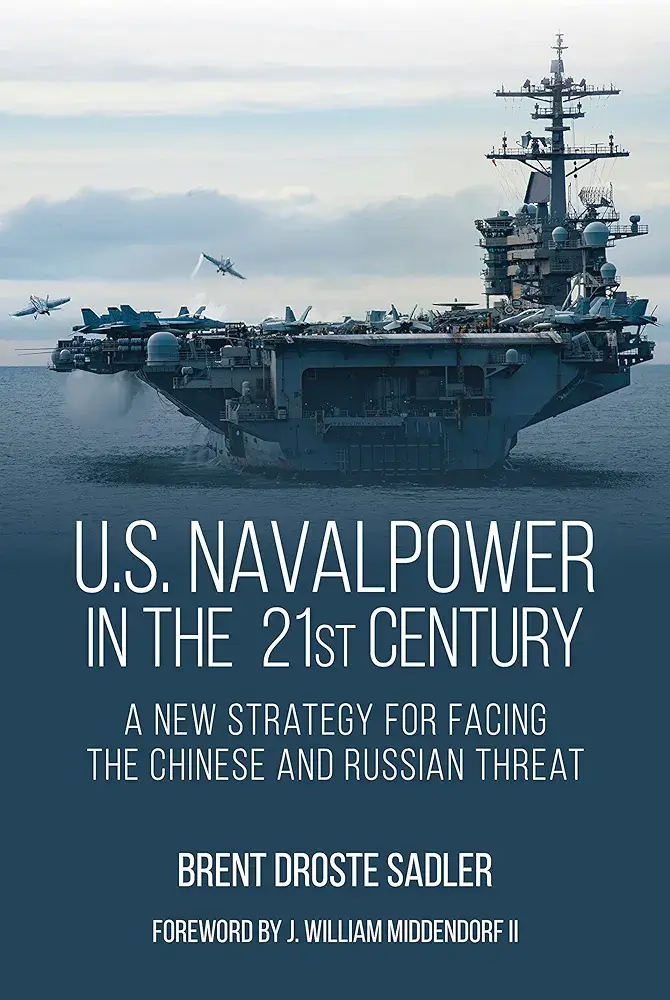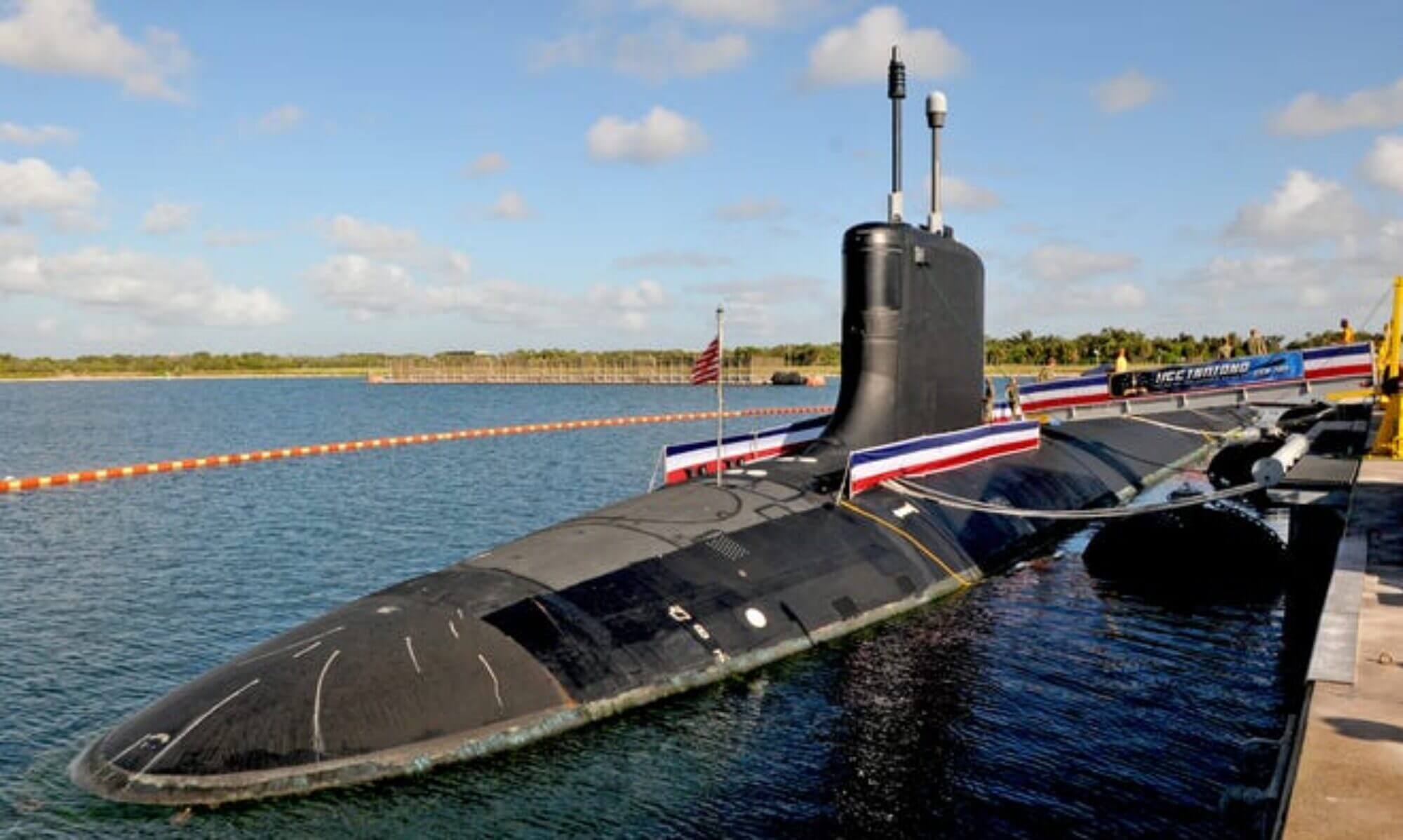Segment: An Interview with Captain Brent Sadler on U.S. Naval Strategy and Policy

Editor’s Note: This segment is a continuation of our series “From Depths to Skies: Exploring the Future Landscape of U.S. Naval Power.” After exploring the future landscape of US Naval Power the RAND Perspective on U.S. naval power, we now converse with Captain Brent Sadler, a retired Navy officer and an expert on Naval strategy. Captain Sadler, currently a senior research fellow at The Heritage Foundation, has penned “U.S. Naval Power in the 21st Century: A New Strategy for Facing the Chinese and Russian Threat,” a pivotal read for those invested in our national security.
“The world is on the cusp of a dangerous decade, and whether it becomes a violent peace or worse is a function of how we as a nation choose to respond. Conventional thinking has not delivered the results or the forces needed to effectively compete with China and Russia.” – Brent Sadler
This is how Captain Brent Sadler, a retired Navy officer and an expert on naval power, begins his book U.S. Naval Power in the 21st Century: A New Strategy for Facing the Chinese and Russian Threat. In this book, he proposes a new strategy for U.S. naval power that integrates diplomacy, military operations, and economic statecraft to counter the challenges posed by China and Russia in the maritime domain.
As the founder of Americans for a Stronger Navy, I recognize the importance of a strong U.S. Navy more than anyone. The Navy protects our shores, our allies, and our way of life. But the Navy is facing new challenges in the 21st century, from China’s growing military power to Russia’s aggressive behavior.
That is why I reached out to Captain Sadler and asked him to share his insights and recommendations on U.S. naval power and how to overcome these challenges. He was very gracious to spend a few minutes in between meetings to discuss an office visit for a more in-depth series of conversations.
Highlight
In our brief conversation, Captain Sadler highlighted:
• Urgency: The U.S. Navy must respond swiftly to deter threats from China and Russia. He stressed on fortifying maritime infrastructure, including shipyards and ports.
• Public Awareness: He appreciated efforts to enlighten Americans about the Navy’s significance.
• Naval Vision: He resonates with the vision of expanding the Navy fleet, infusing new technologies, devising fresh strategies, and bolstering alliances.
• Future Discussions: Captain Sadler is keen on delving into his strategy’s nuances in our subsequent sit-down in Washington D.C.
Strategy
Captain Sadler’s book proposes a holistic naval strategy encapsulating diplomacy, military operations, and economic statecraft.
He bases his strategy on:
• Ensuring a credible deterrence posture.
• Augmenting maritime security cooperation.
• Broadening maritime domain awareness.
• Championing maritime governance and norms.
This strategy dovetails with the RAND Perspective, emphasizing innovation, alliances, and presence for the Navy’s evolution.
Conclusion
Join us in our upcoming interviews with Captain Sadler. Dive deeper into his work in Washingtom D.C.
Remember, as Americans, our Navy’s future strength and readiness lie in our hands. Let’s rally together for a robust U.S. naval power.


